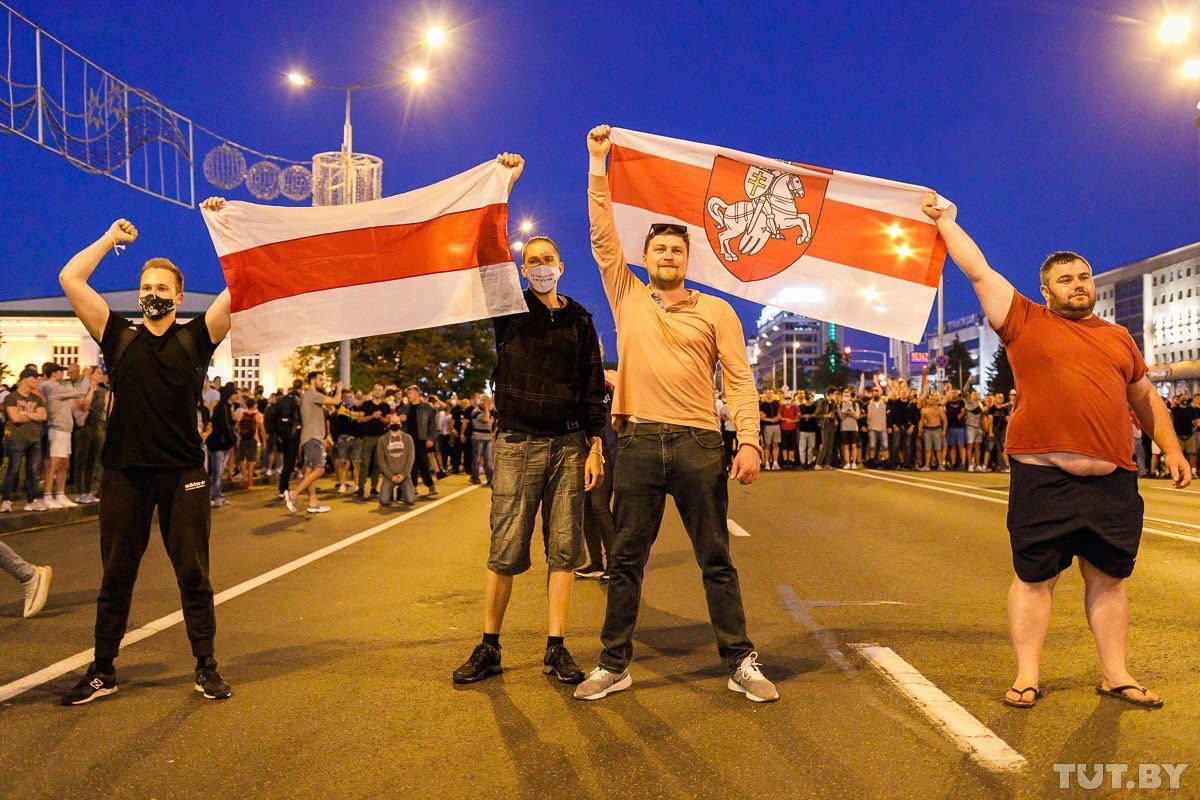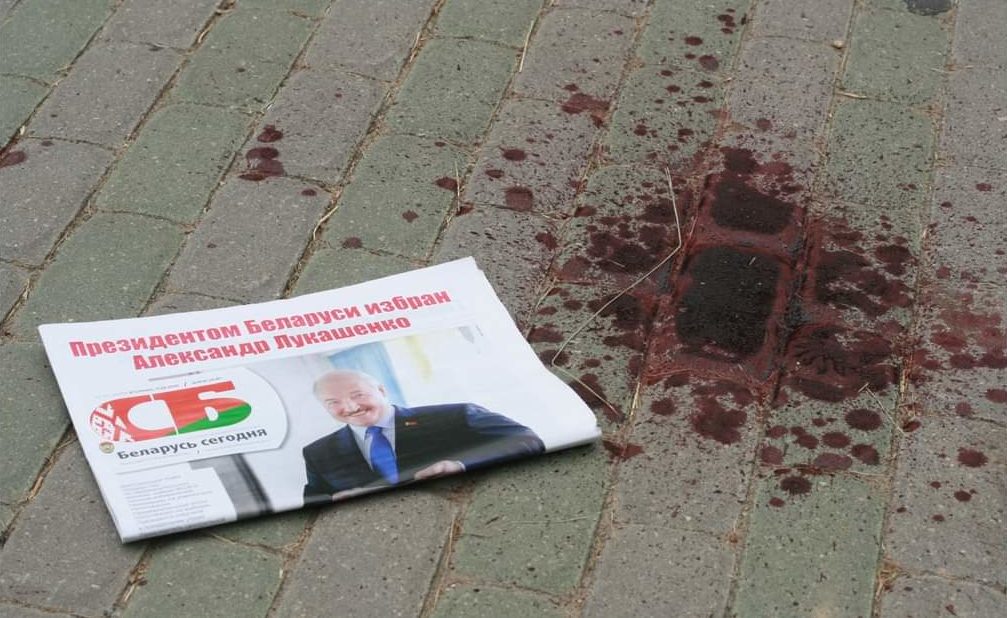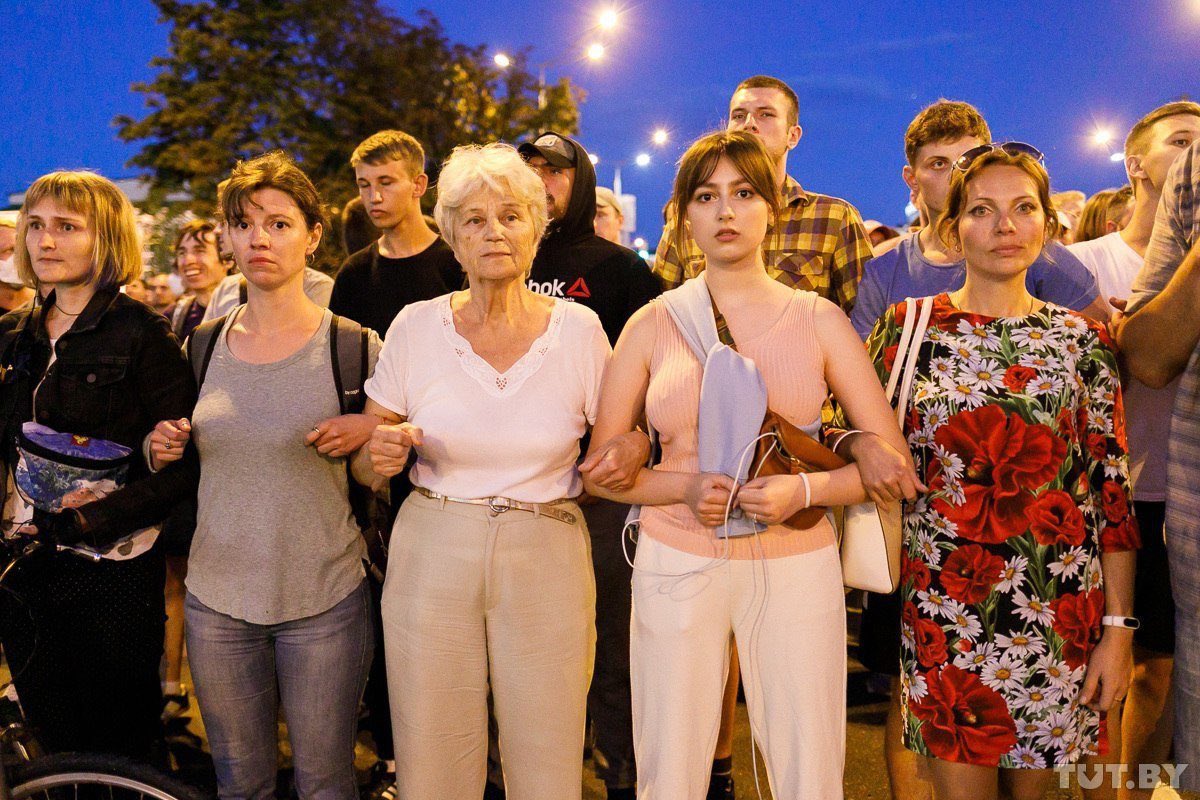But as James Oliver explains, trying to scream “Nazi” at the Belarusian pro-democracy movement by citing the flag is less of a meaningful argument than pointing out that Russian Nazi collaborators used the same tricolor that is the Russian flag flown today.
This was the adopted flag of the Belarusian Democratic Republic (BNR) which declared its independence on March 25, 1918. The color scheme goes much deeper and alongside the Pahonya (the chasing knight on a horse) which you can often find adorned with it, it’s a symbol of Belarus’ heritage as an integral part of the Grand duchy of Lithuania.
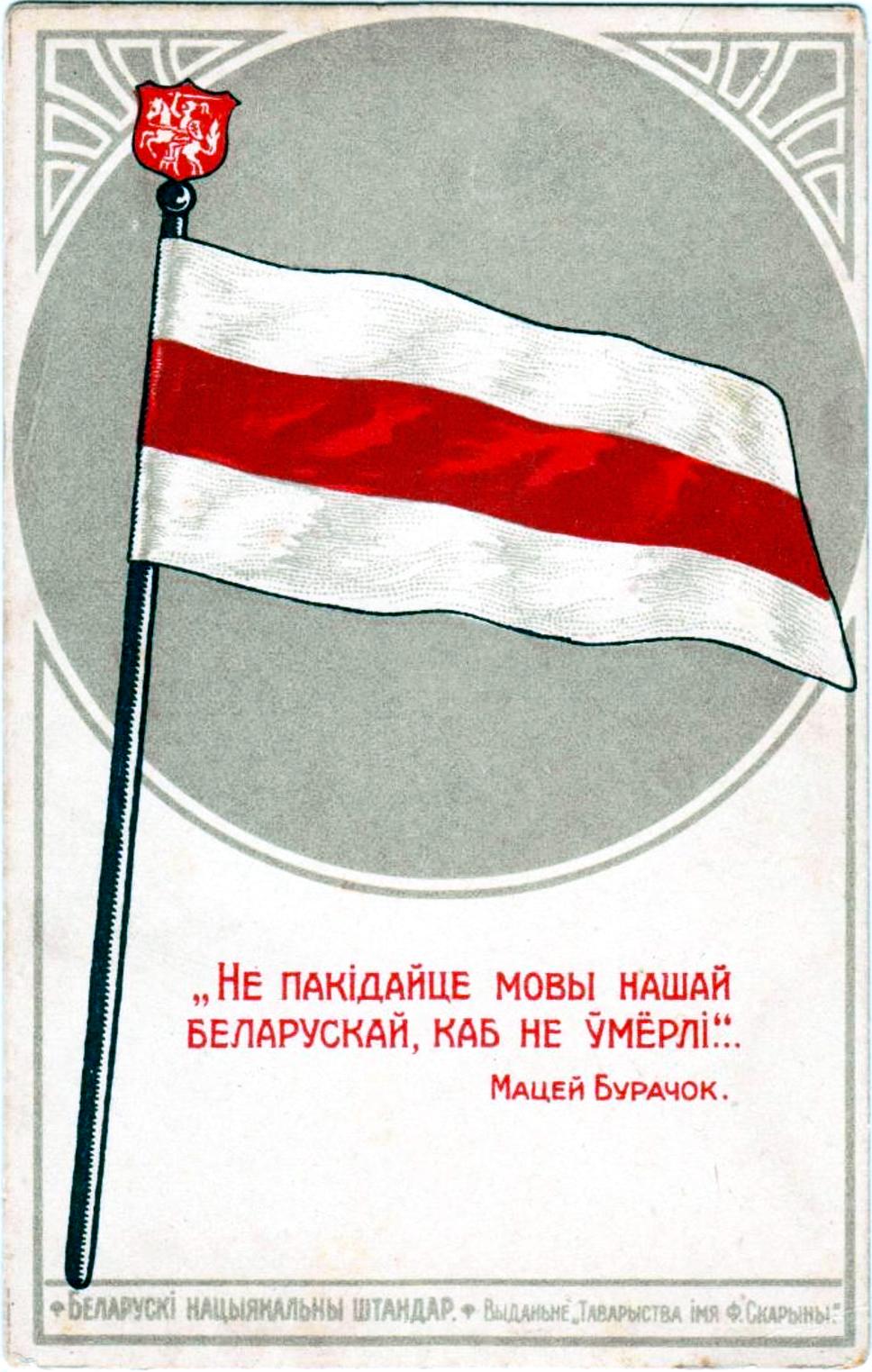
As Alex Kokcharov points out, there is a legend – which is similar to that of the legends of the Latvian and Austrian flags – that the flag first appeared during a battle when the red blood of a knight ran over a white cloth following his injury as he continued to fight.

What we do know is that the Belarusian cavalry led by Konstanty Ostrogski rode under the white-red-white colors of the St. George Cross, one of the most important saints of the Grand Duchy of Lithuania, at the iconic Battle of Orsha against a Muscovite army in 1514.

The short-lived Belarus Democratic Republic
Under the terms of the Treaty of Brest-Litovsk, the territory that was to become the BNR was to be occupied by German forces, and the Russian state under Lenin was meant to renounce its claims on the lands that make up Finland, Estonia, Latvia, Lithuania, Belarus, and Ukraine.
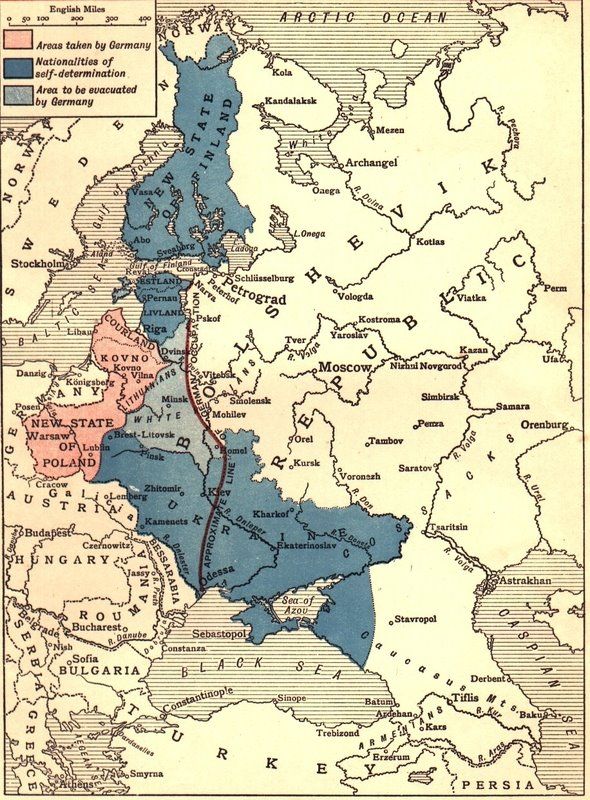
Not that this sat well with Lenin of course.
Communism, after all, was meant to subordinate the entire world under its single ideology, so although Lenin signed Brest-Litovsk with one hand, with the other, he also set about creating puppet Soviet governments meant to rival the legitimate governments of the newly independent states and have his Red Army probe as far westward as they could.
The so-called “Soviet Socialist Republic of Belarus” was initiated by Lenin on 1 January 1919. On February 14, a Polish cavalry unit intercepted one of Lenin’s units at Bereza-Kartushka (Modern day Byaroza – Belarus), triggering the Polish-Soviet War.
Here it is worth noting that Poland wasn’t mentioned in the treaty of Brest-Litovsk because the portions of the Polish-Lithuanian commonwealth annexed by the Russian Empire as a result of the partitions of the 18th Century were not seen by the Germans as an integral part of the Russian Empire. And this raises another important point.
It’s yet another example of those that confuse the terms “Ruthenian” and “Russian” not knowing about what they are talking about. One common explanation for the “White” aspect of the name is that it represents a 13th/14th century notion of a free or “Christian” Ruthenia in contrast to a “Black Ruthenia” of the East where Rus lands were more under the influence of Paganism and then the Mongol Yoke.
The Polish-Soviet War
It is an understatement to point out that the outcome of the Polish-Soviet War had a decisive impact both on the map of Europe until 1939, as well as the politics within the Soviet Union.
I presume most readers here will be more familiar with how the war ultimately consumed the concept of an independent Ukraine as an entity. In 1920, Symon Petliura accepted the Polish annexation of western Ukraine as the price for Polish assistance in the Ukrainian-Soviet war.
The terms of that treaty were annulled under the Treaty of Riga (1921) which ended the Polish-Soviet war and which confirmed both parties as partitioners of the Ukrainian and Belarusian countryside.

Reflecting on the outcome of the Battle of Warsaw during the conflict, Edgar Vincent D’Abernon, the British ambassador to Berlin, waxed lyrical that the Poles had saved Christendom and Western civilization from certain imperilment.
In the immediate aftermath of the Polish-Soviet War, Stalin received a heavy dose of blame for being the very reason why the Red army failed.
By August 1920, Mikhail Tukhachevsky looked like he was about to capture Warsaw and Leon Trotsky (who commanded the Red Army) ordered Stalin to assist him. But Stalin decided to ignore this and besiege the city of Lviv instead. This left a gap in Soviet lines and Tukhachevsky’s rear exposed.

The Polish army exploited this opportunity and attacked a weak Red Army force to the South of Warsaw on August 14.
Within four days, the Poles had encircled Tukhachevsky’s men and forced a rout. This was the famed “Miracle on the Vistula.”
Stalin’s siege on Lviv also failed! This failure never sat well with Stalin. He would in 1937 purge Tukhachevsky for being something of a rival, but his quest to hunt out scapegoats went much further and it fed into his genocidal Polonophobia.
Stalin’s repressions
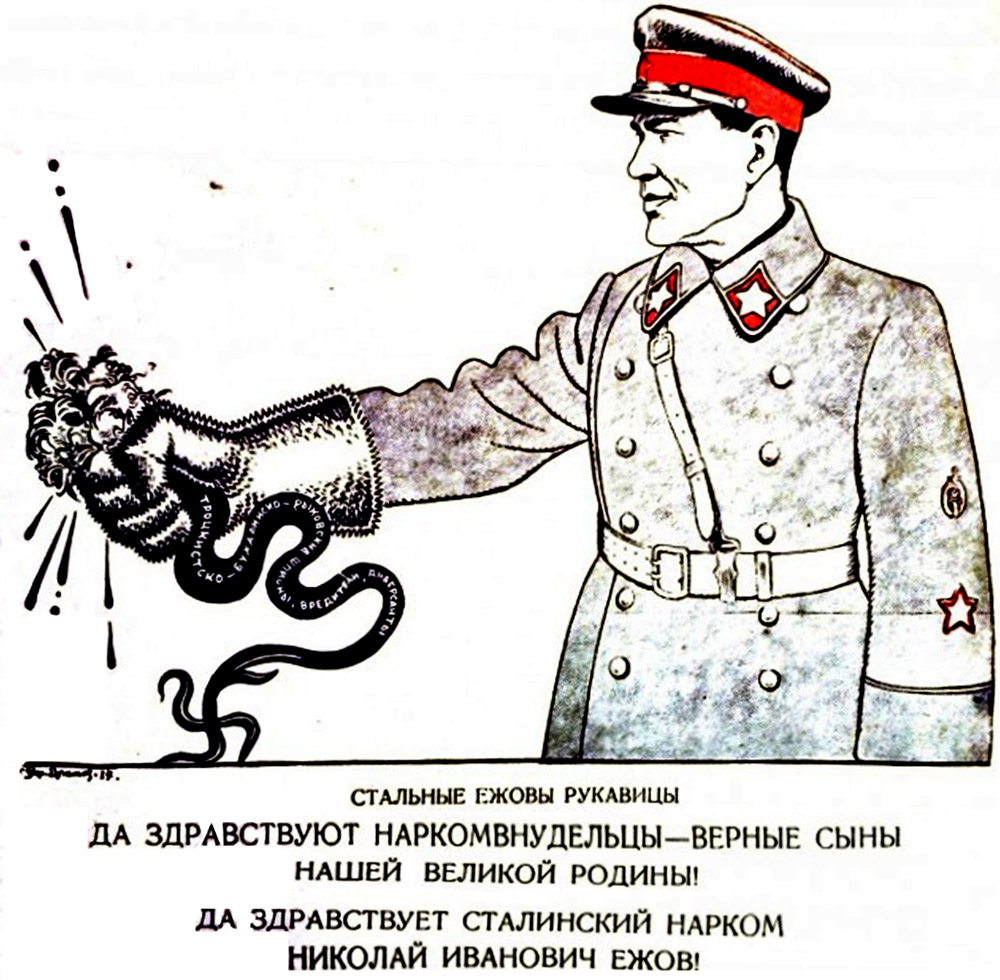
On 30 July 1937, NKVD head Nikolai Yezhov signed a document (No. 00447) ordering a campaign of punitive measures against so-called “former kulaks, active anti-Soviet elements, and criminals.”
This was a campaign to be conducted by quota in every Oblast and Autonomous Republic, with the punishments for the above defined being either death by shooting or imprisonment within the Gulag system for so-called “less active” anti-Soviet elements.
Once a said quota was filled, local NKVD authorities (Troikas) would actively request an extension. Israel Leplevsky – head of the NKVD in the Ukrainian SSR between 1937-38, not only requested an increase in quotas on at least three occasions but also expanded the scope of Order no. 00477 so as to cover the repression of supposed Ukrainian nationalists with the favored methods of dealing with such elements being executed or sent into the Gulag system.
Some Ukrainians were even charged on the spurious basis of receiving food aid from abroad between 1932-33.
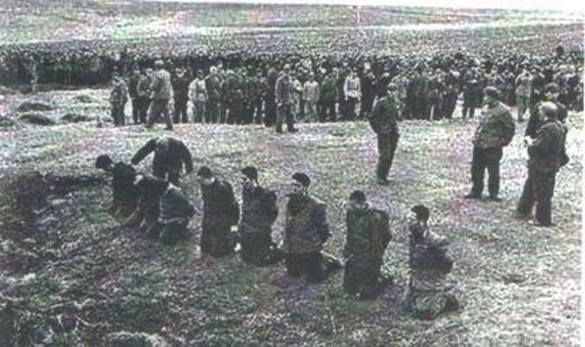
It’s worth remembering that all the above figures simply represent just the tip of a metaphorical iceberg and that the above does not take into account the numbers who were imprisoned and perished in the Gulag system because of this order.
It is also worth remembering that repressions continued long after 1938.
There were other linked orders tied to the repression of other nationalities. One example being Order. 00485, again signed by Yezhov, ordering the destruction of Poles in the USSR, many of which resided within the Belarusian SSR. Under 00485, almost 140,000 people were arrested of which 111,071 at least were executed.
Memories of an independent Belarusian state
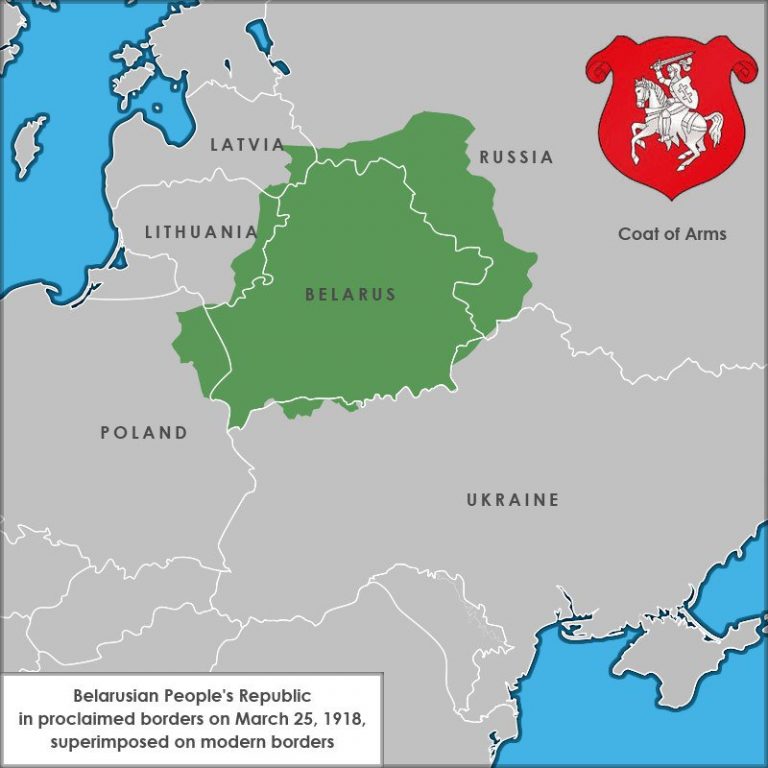
Much like the Ukrainian SSR to the south, discontent at the loss of an independent Belarusian state after 1920 persisted, particularly amongst Belarusian intellectuals who had not given up upon the concept of preserving their culture or the thoughts of independence.
Subsequent Soviet policies revolving around the theme of “Belarusization,” much like “Ukrainianization” were based on attempts to consolidate Soviet rule by appeal to patriotism. This resulted in something of a split within the BNR, as a number of its most prominent figureheads including the prominent historian and prime minister of the BNR Vacłaŭ Łastoŭski returned home in order to partake in this new Belarusian-Soviet atmosphere.

For all those that did, it was to prove a fatal mistake.
By 1928, Stalin overturned all policies that fell under the bracket of deviating towards nationalism. Belarusian intellectuals and those associated with the above policy were subsequently targeted on the grounds of promoting “bourgeois nationalism.” Fictitious plots revolving around the theme of intellectuals wanting the Belarusian SSR to break-away from the USSR were “uncovered” and those associated with them were sent away to be shot. That was the fate of Łastoŭski on January 23, 1938.
Stalin also had a habit of blending his anti-Belarusian paranoia with his Polonophobia. Ihnat Dvarãanin and Jasep Haurylik, who had served terms in Polish prisons, were shot as “Polish spies.”
By 1934, these repressions gained further momentum when the murder of Sergei Kirov became a catalyst that culminated in the “great terror” in which Stalin sought to wipe out anyone within the Communist Party, his government, his army, etc suspected of being “disloyal.”
Kurapaty

This massacre site was ‘rediscovered’ in the context of the Glasnost era in 1988, but because the discoverers were halted before they could conduct a full investigation and the fact that NKVD documents remain classified in Belarus, there is much that we still do not know about this massacre site.
It should be of little surprise that this is why Lukashenka wants to keep the memory of what happened here under his thumb. Since coming to power he has made no effort whatsoever in preserving the memory of what happened at Kurapaty.
Indeed, the Belarusian dictator likes the idea of slowly demolishing the forest in order to make way for buildings and roads. Keeping the memory of what happened here alive is therefore a symbol of the Belarusian opposition to Lukashenka.
Unsurprisingly, this is why yearly memorial services find themselves getting disrupted by authorities and erected crosses commemorating the victims tend to find themselves being torn down.
The “Great Patriotic War”
As with conventional Russian Historiography, the realities of Communist rule in Belarus tends to find itself buried behind a rigidly Soviet understanding of the Second World War.
It was on Belarusian soil that the Germans achieved some of their greatest victories in Operation Barbarossa, and also their greatest defeat in Operation Bagration. Belarusians, along with Ukrainians and Poles suffered the highest civilian losses during the course of WW2 and approximately 80% of the Belarusian Jewish community found itself being wiped out by the German occupiers.
No single post like this can ever hope to give the full history of the Belarusian people during WW2 the justice it deserves. But there is one item that needs to be highlighted.
Most notably, the flag was used by the “Belarusian Central Rada” – a collaborationist auxiliary body created by the Germans which served the function of co-opting Belarusian locals as well as serving as a desperate attempt to stiffen the collapsing Eastern Front.

However, it is interesting to point out the Central Rada was not recognized as a legitimate body by the Rada of the BNR. Moreover, the flag’s use today is more reflective of the BNR’s democratic ideals rather than a genocidal ideology.
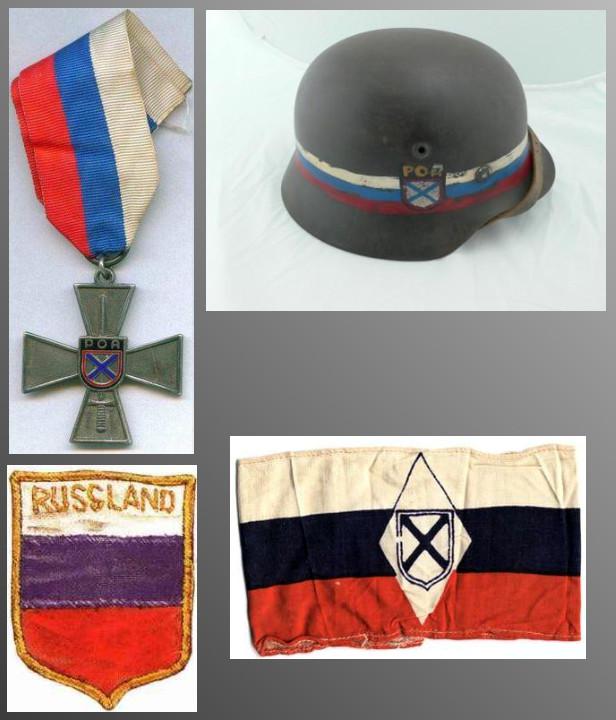
However much certain Kremlin propagandists like to deride it, the White-Red-White flag is and remains a legitimate symbol of national identity. The commonly seen Red-Green flag with the Rushnyk pattern on the Hoist side is simply a rehash of the flag of the Belarusian SSR. It’s a Soviet throwback from an erratic dictator with a Soviet mindset.

